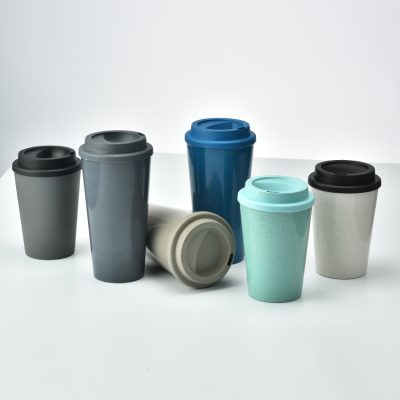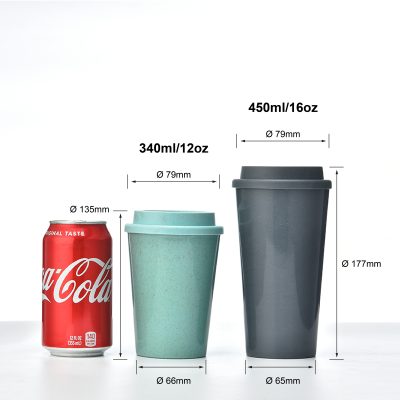1. Decoration of flower surface: According to this method, it can be divided into on-glaze color, in-glaze color, under-glaze color, color glaze color and uncolored white porcelain.
On-glaze color: directly painted on the surface of the product with on-glaze pigments or pasted on the glaze with flower paper made of on-glaze pigments, and then fired at a high temperature of 700-850 degrees. When we touch the surface of the porcelain with our hands, we can feel the unevenness, and the naked eye can see the unevenness.
In-glaze color: The firing temperature is higher than that of on-glaze color. The ceramic pigment sinks into the glaze when the glaze is melted, and is covered by the glaze layer after cooling down. If you judge in detail, you can touch the surface with your hand, and you can feel that there is no obvious unevenness, but it is as smooth as touching glass.
Underglaze color: The color decoration is all carried out on the porcelain blank during production, and it is fired at a high temperature at one time, and the same pattern as the underglaze color will be covered by the glaze layer. The hand feel is also smooth and smooth, and there is no uneven feeling.
Color Glaze Porcelain: A specific color agent is added to the glaze, such as red, blue, cyan, yellow, etc. After the product comes out, the color of the glaze will be the same as the color of the added colorant.
White porcelain: There is no decoration, no picture, that is, simple porcelain. Generally speaking, consumers are not welcome, but its health is relatively good.
Relatively speaking, color decoration can attract consumers very well. Under normal circumstances, its lead content is still relatively low. However, it is necessary to pay attention to the on-glaze color, because if the amount of pigment used is too large, and then problems such as temperature and ventilation occur during the firing process, there will be a situation of metal overrun. As we all know, if the lead content is too high, long-term use of porcelain will cause damage to the body.
2. Classification of porcelain species: It can be divided into daily-use porcelain, bone china, fine porcelain, general porcelain, exquisite daily-use porcelain, etc.
3. Quality classification: superior products, first-class products, qualified products, defective products, etc.







